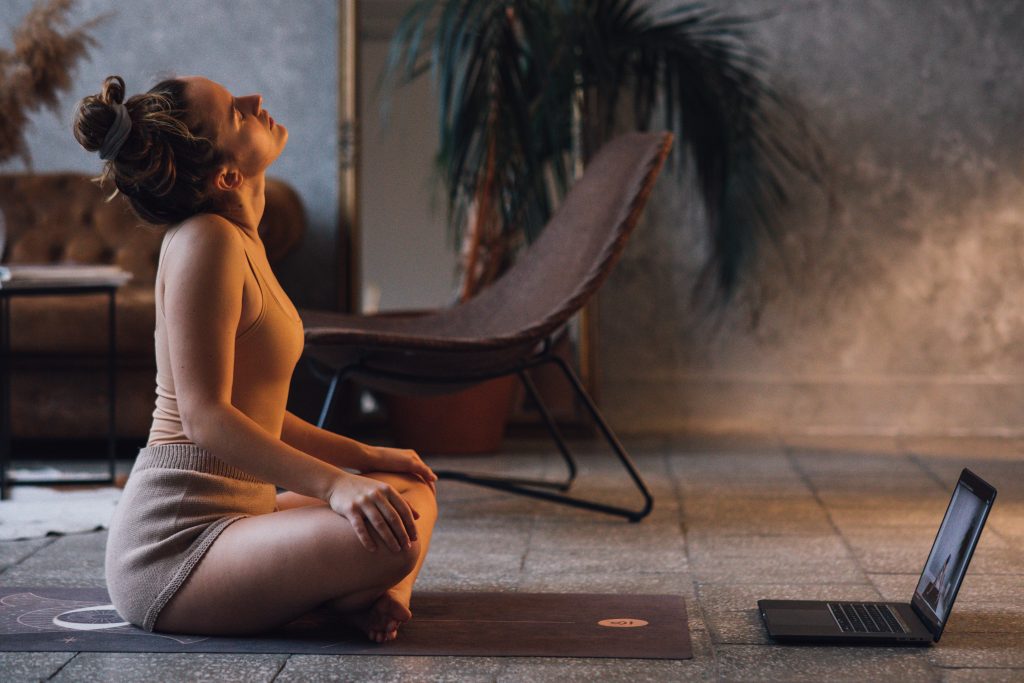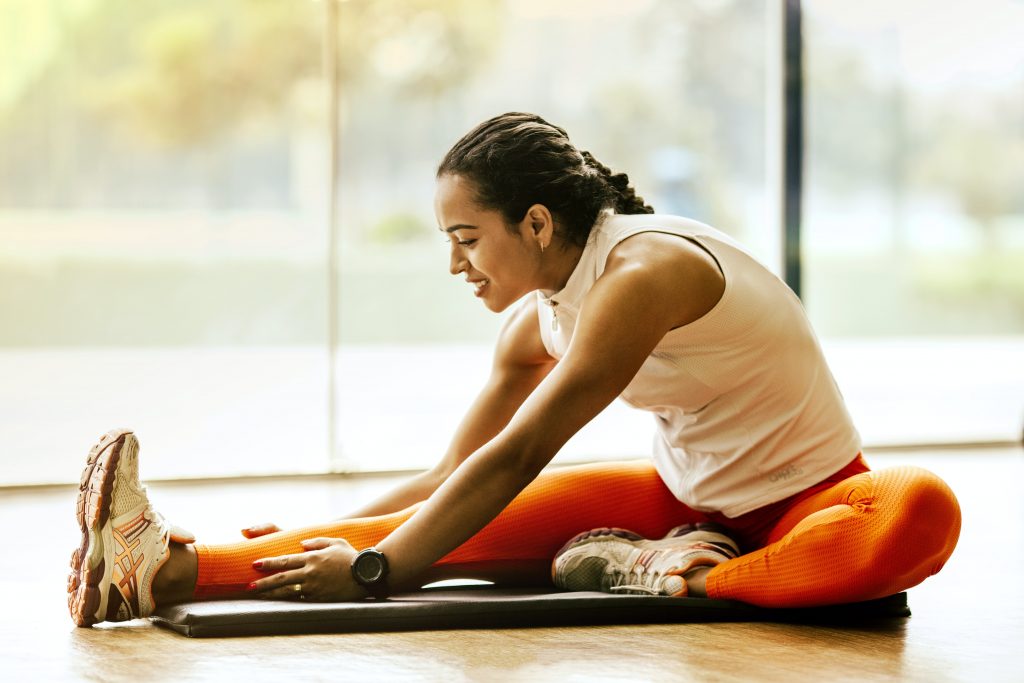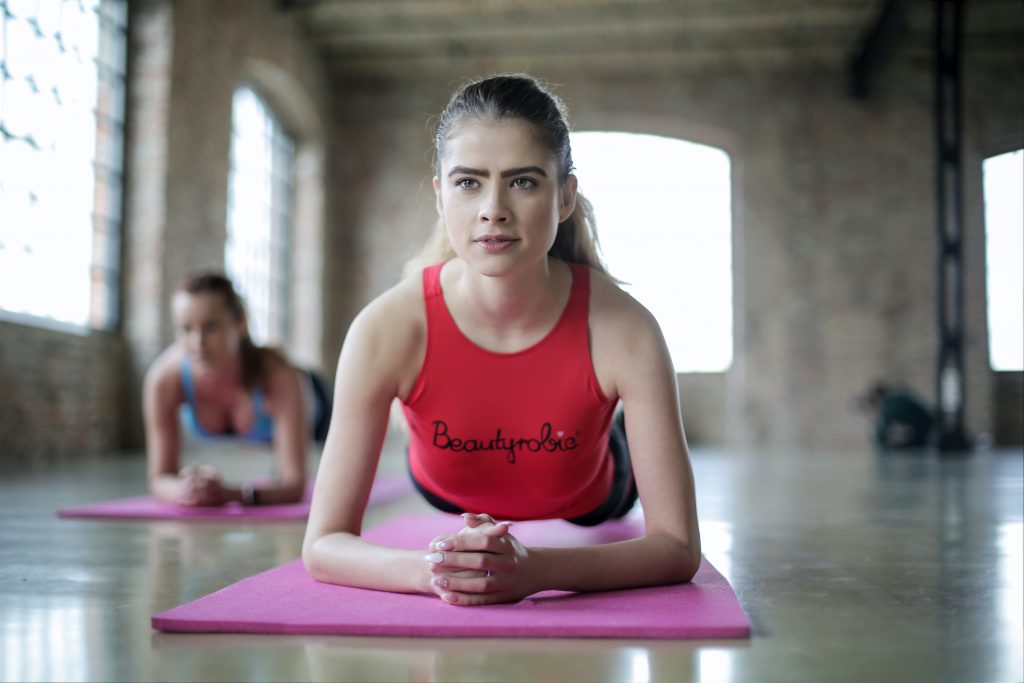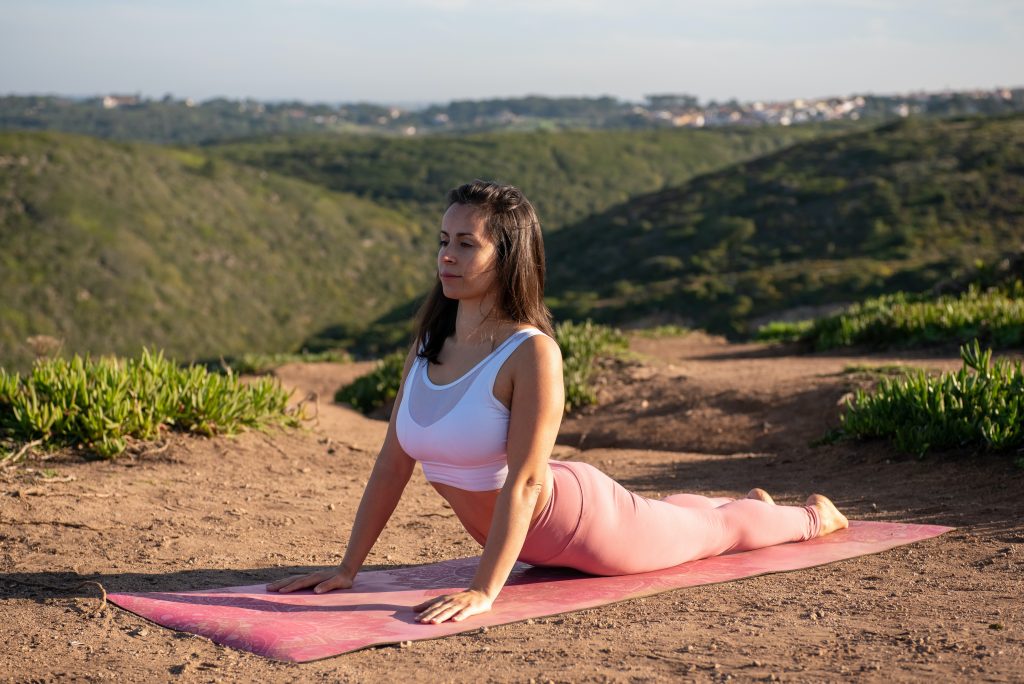Are you one of those who believe that different types of physical activities can use the same mat? Well, we’re here to burst that bubble. Not all mats are the same, and each type of exercise requires a specific mat. Understanding the difference between Pilates mat and yoga mat is crucial because Pilates involves more floor work than yoga, which is why Pilates mats are thicker and denser to provide better support. Choosing the right mat is essential; the wrong mat can negatively impact your health.
As important as exercising itself is the right equipment—in this case, the right mat. Choosing the wrong workout mat can negatively impact your health instead of enhancing it. Only versatile mats are suitable for multiple types of exercises, but it’s crucial to understand the differences between Pilates and yoga mats before deciding. Let us first clear up any doubts about what Pilates and yoga are so you can see why these mats are designed differently.

- What is Yoga?
- What is Pilates?
- Key Differences Between Pilates and Yoga
- What’s the Difference Between Pilates Mat and Yoga Mats?
- Using Pilates Mats for Yoga: Is It Possible?
- Buyer’s Guide: Choosing the Right Pilates Mat
- Advantages of Professional Pilates Mats
- Top 3 Yoga Mats for Optimal Practice
- Best Pilates Mat Picks of 2024
- Conclusion
What is Yoga?
Yoga was developed in India to connect individual consciousness to universal consciousness through physical activity. It aims to improve not only physical health but also emotional and spiritual well-being. Practicing yoga is highly therapeutic due to its repetitive movements, which strengthen the body and increase flexibility. Meditation is often included, making yoga ideal for stress relief. If you’re wondering about the best time to practice yoga, check out this guide for tips on optimizing your routine.
What is Pilates?
As opposed to yoga and other activities, Pilates is relatively new. As a rehabilitation technique, Pilates was created in 1920 by Joseph Pilates. A Pilates routine is designed to build flexibility, strength, and body awareness without gaining bulk. Although you may experience an increased heart rate as a beginner, it is considered a resistance exercise. The Pilates method also contains several exercises that are only possible on specific machines, such as the reformer and the Cadillac.
Key Differences Between Pilates and Yoga
Both yoga and Pilates offer unique benefits, but their ultimate goals differ. Yoga focuses on reducing stress and enhancing overall physical and mental health through its meditative approach. If you’re interested in deepening your practice, consider exploring our online yoga instructors for personalized sessions. Pilates, on the other hand, strengthens the core and improves body awareness, working from the center outward. You don’t have to choose between the two; combining both can enhance your fitness routine.

What’s the Difference Between Pilates Mat and Yoga Mats?
The key differences between Pilates and yoga mats are in their thickness, density, and texture. Compared to yoga mats, Pilates mats are thicker, denser, wider, and smoother to provide support, balance the body, stability, and even surface you need to perform delicate movements like sloping with precision.
Mats for yoga are thinner, softer, and rougher in texture, so they are firm on the ground. Thanks to its excellent grip and ability to stay firmly planted on the ground, it allows you to perform a variety of yoga poses, from simple to complex, from gentle to vigorous, in lying, sitting, or standing positions to upside down.
1- Thickness and Density: Pilates Mats vs. Yoga Mats
Pilates mats are thicker (about half an inch) and denser than yoga mats to provide the extra support needed for floor exercises. In contrast, yoga mats are typically thinner (1/8 to 1/4 inches thick) to maintain balance and grounding during poses. The increased density of Pilates mats ensures stability and protection for the spine, while yoga mats prioritize grip and adherence to the ground.
2- Size and Dimensions of Pilates and Yoga Mats
Yoga mats and Pilates mats are similar in length. The standard yoga mat length is about 68 inches, but extra-long models can measure 72 to 74 inches. If you’re tall, there’s no need to compromise. What makes them different is their width.
Yoga mats usually provide a narrower surface area than Pilates mats since many mat-based Pilates exercises require a wider surface area.
3- Texture: Smooth vs. Rough Surfaces
Another essential feature of yoga and Pilates mats is their texture. The rough surface of yoga mats makes them less slippery and sticky enough to grip the ground. This coarse texture keeps the mat firmly in place, providing sufficient friction to perform complex poses without causing wrinkles or ridges.
On the other hand, Pilates and yoga mats differ in that Pilates mats are thicker, denser, and have a smoother texture. While they are not as sticky as yoga mats, the smooth surface of a Pilates mat allows for continuous movements, helping you slide easily while maintaining balance. This smooth texture is ideal for exercises that require precise ranges of motion, ensuring correct placement and resistance.
4- Materials Used in Pilates vs. Yoga Mats
PVC or other foam material is typically used in yoga and Pilates mats, but it can always vary. TPE (Thermal Plastic Elastomer) can also be used to make Pilates mats. In comparison, PVC, TPE, cotton, jute, mesh, rubber, and recycled rubber are materials for yoga mats. In general, Eco- and earth-friendly products are desired.
Using Pilates Mats for Yoga: Is It Possible?
Yoga mats can be used as Pilates mats. It is possible to have issues with gripping and balance when using a Pilates mat for yoga, based on the mat’s material and mat thickness. In comparison to yoga and Pilates mats, Pilates mats are also bulky when rolled up. However, if you only have a Pilates mat or don’t want to clutter the living room with two mats, you can always try yoga with the Pilates mat first.

Buyer’s Guide: Choosing the Right Pilates Mat
Pilates mats for a class are usually crafted from wood bases and richly padded. Pilates classes, unlike yoga classes, do not require Pilates students to bring their own mats. What do they do if a Pilates practitioner wants to exercise away from a studio? Do they use a yoga mat? Not exactly. They use exercise mats at home that are specifically suited for Pilates.
Take a look at the list below to discover which styles, specifications, and materials are suitable for a Pilates workout. Make sure you test the mat before you buy it.
1- Density
In terms of density, you have two options. A thick, dense mat provides adequate cushioning for your spine in a very firm mat. There are also gymnast mats that are much thicker yet far less firm. Soft gymnastics mats offer less support, which actually challenges the body more.
The mat you choose should be dense enough to pad your spine yet provide cushioning according to your preferences. While firm mats are helpful for Pilates at home, softer mats are also beneficial.
2- Finish
The sticky finish used on yoga mats helps prevent slipping. Exercises like Pilates do not rely upon this feature, but a smoother surface is beneficial in many activities.
3- Size
A standard yoga mat measures about two feet by six feet. It’s definitely possible to do the full Pilates routine on this yoga mat size.
As you advance in your practice, you may have more options on a slightly wider mat. If space isn’t an issue, you might consider an old gym mat where you can stretch out and use all the surface area.
The mat you choose should fit your personal space. There are many sizes of industrial-size fitness mats available. Pilates mats of four feet by eight feet are the perfect size for home use.
Advantages of Professional Pilates Mats
For an authentic Pilates experience at home, consider going pro-level if space and budget are not an issue. Many Pilates manufacturers offer studio and individual equipment.
Studios offer mats with accessories like wooden dowels for your hands, small boxes, and foot straps. You can choose your favourite, customize your colour selection, and then wait for a huge box to arrive directly at your doorstep.
A few key suppliers outfit the studios of professionals, including Gratz Pilates, Pilates Designs by Basil, Balanced Body, and Peak Pilates. Take a look online if you’re interested in finding used Pilates equipment.
Top 3 Yoga Mats for Optimal Practice
If you are going to use a yoga mat for in-person classes, it needs to be comfortable and supportive, provide enough grip to keep you from slipping, and be easy to clean and carry (from home to the park or back to the gym). A durable nonslip surface, plenty of grips, a cushion-like surface, and a variety of colours are some characteristics of choosing the best non-slip surface yoga mats. Let’s see the three best yoga mats:
- We chose Lululemon’s Reversible Mat 5mm as the winner. No matter your yoga style, you’ll be covered by its dual-textured sides, firm-yet-cushiony rubber construction, and ample size.
- JadeYoga Harmony Mat is made from 100% plastic products. This offers some benefits since it can absorb a lot of moisture and maintain traction in sweaty conditions, which is too much for some people, as it can be challenging to pivot your feet or slide your hands as you move between poses.
- The 5-millimetre-thick Gaiam Performance Dry-Grip Yoga Mat is a good option if you are allergic to latex or dislike the smell of rubber. The polyvinyl chloride (PVC) material benefits a moisture-resistant texture and provides cushioning and firm support, which pleases our joints and grounds our standing poses. A smooth top layer, meant to draw moisture away from our skin, kept our hands and feet secure as we transitioned through a flow. It is relatively light in weight.
Best Pilates Mat Picks of 2024
1. Airex Pilates Mat
- Why It Stands Out: Known for its exceptional durability and thickness, the Airex Pilates Mat offers superb cushioning, which is ideal for protecting your spine and joints during floor exercises. The non-slip surface ensures you stay secure while performing various movements.
- Key Features:
- Extra-thick cushioning for optimal support
- Durable, non-slip surface
- Easy to clean and maintain
- Ideal For: Pilates practitioners who need extra support for their spine and joints during intensive floor work.
2. Balanced Body EcoWise Pilates mat
- Why It Stands Out: Made from eco-friendly materials, the Balanced Body EcoWise Mat is perfect for those who prioritize sustainability without compromising on comfort. Its medium thickness strikes a balance between support and stability.
- Key Features:
- Eco-friendly, non-toxic materials
- Medium thickness for versatile use
- Soft texture that’s easy on the skin
- Ideal For: Environmentally conscious users who want a reliable mat for both Pilates and general exercise routines.
3. Bala The Play Mat Plus
- Why It Stands Out: This mat is perfect for those who want both style and function. It features a sleek design with a thicker profile, making it great for Pilates exercises that require more cushioning. Its smooth, non-slip surface keeps you grounded during your workout.
- Key Features:
- Stylish, modern design
- Thicker profile for added comfort
- Lightweight and easy to transport
- Ideal For: Home workouts where both aesthetics and functionality matter.
4. Liforme Yoga Mat (for Dual Use)
- Why It Stands Out: Although traditionally a yoga mat, the Liforme mat is versatile enough for Pilates due to its dense material and excellent grip. It’s a great option if you’re looking for a mat that can double for both yoga and Pilates.
- Key Features:
- Excellent grip with alignment markers
- Eco-friendly, biodegradable materials
- Lightweight and easy to carry
- Ideal For: Users looking for a versatile mat that works for both yoga and Pilates.

Conclusion
Here are some explanations of the differences between a Pilates mat and a yoga mat. Although yoga and Pilates mats are different and serve different purposes, both offer a range of benefits ranging from pain relief, disability improvement, or core stability to nonspecific lower back pain, which is quite common for modern working women.
Apart from that, the only things that matter are your commitment, discipline, diet, sleep, and the right equipment, such as Pilates and Yoga Mats, not where you train. No matter what you’re trying to accomplish. The right props are always essential for a safe and effective workout, whether it’s weight training, callisthenics, yoga, Pilates, or even swimming.

I am really grateful to the holder of this site who has shared this impressive article at at this place.
We really appreciate your kind words! It motivates us to keep sharing valuable content.